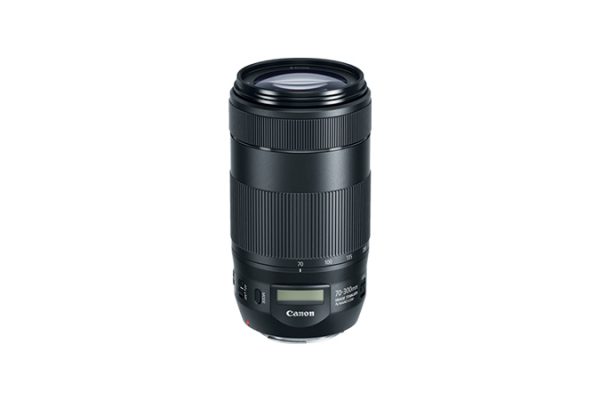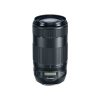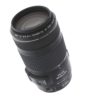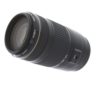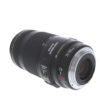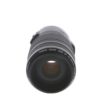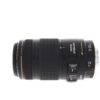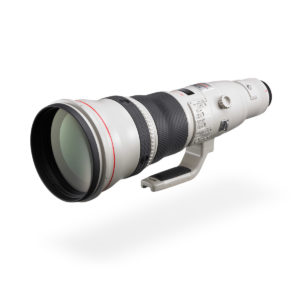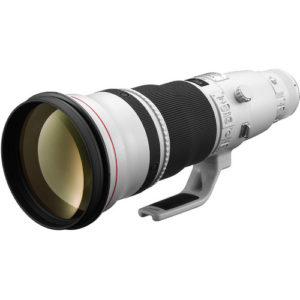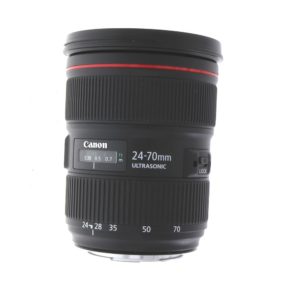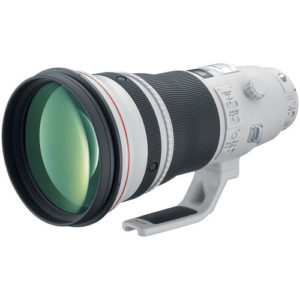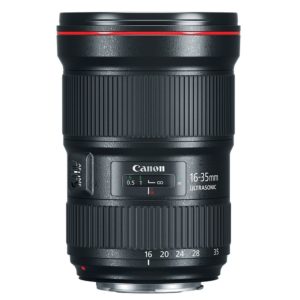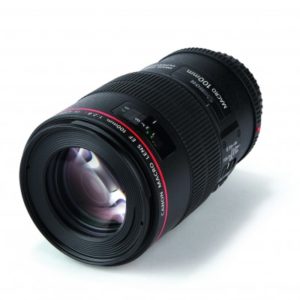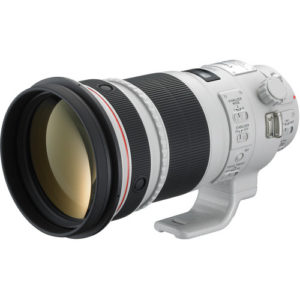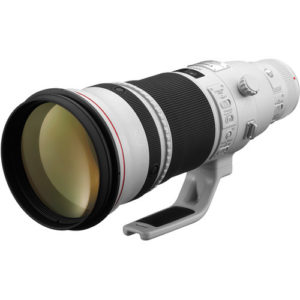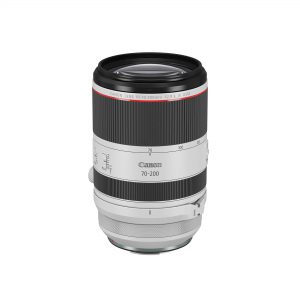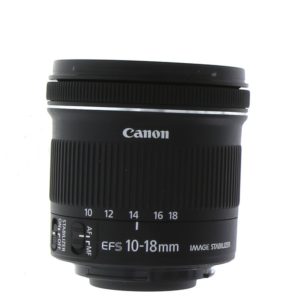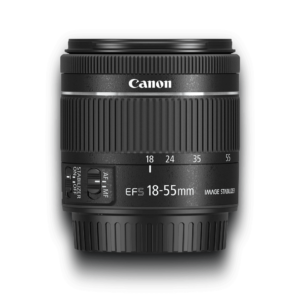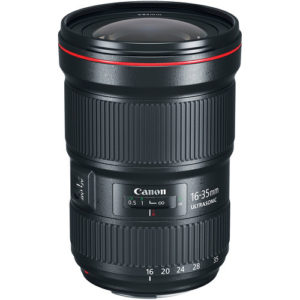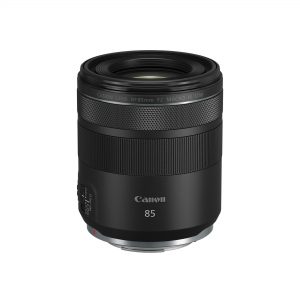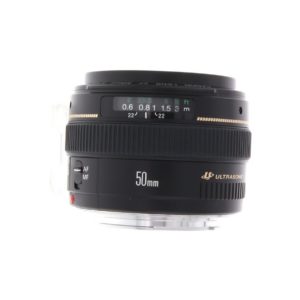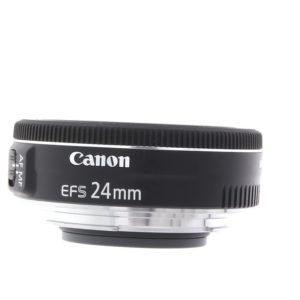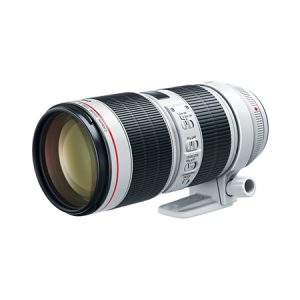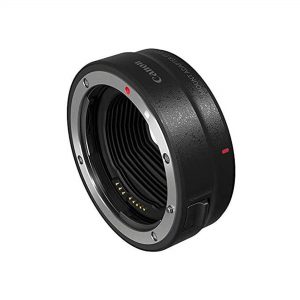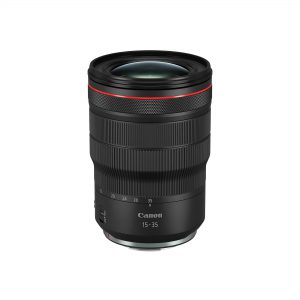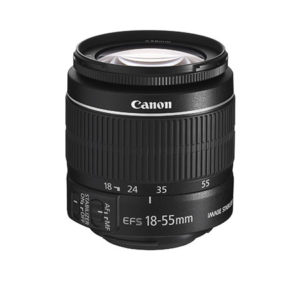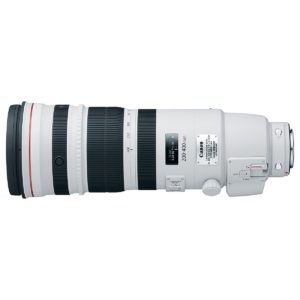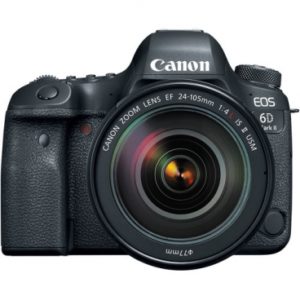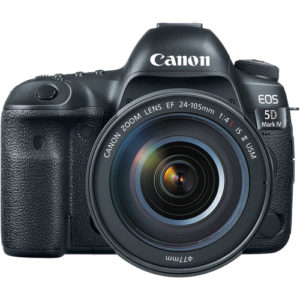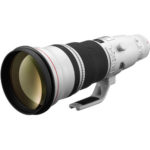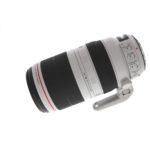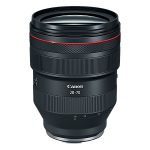Overview
The EF 70-300mm f/4-5.6 IS II USM telephoto zoom lens has been developed to meet the high-performance standards that today’s photographers demand. Improved Image Stabilizer Technology provides up to three stops of “shake” correction, and the “Mode 2” option stabilizes images while panning with a moving subject. Compared to the original Canon EF 75-300mm IS zoom lens, this telephoto lens has faster autofocus, and overall the lens is lighter and has a smaller diameter than the original. The zoom ring can be locked at the 70mm position, making this powerful lens easy to transport, too.
Affordable high magnification
The powerful, yet reasonably priced, EF 70-300mm f/4-5.6 IS II USM will appeal to nature and sports photographers looking to achieve sharper images when shooting handheld. When fitted to an EOS camera containing an APS-C sized sensor, the lens gives an angle of view roughly equivalent to a 112-480mm lens on a full-frame DSLR.
Image Stabilizer
The EF 70-300mm f/4-5.6 IS II USM features a three-stop Image Stabilizer (IS), making this an ideal lens for handheld work. Shutter speeds up to three stops slower than would be otherwise possible can be used with no perceptible increase in image blur. When panning horizontally, the IS system can be set to correct only for unwanted vertical shake, and the system switches off when the camera is mounted on a tripod.
UD lens element
A UD (ultra-low dispersion) glass lens element corrects for chromatic aberrations and provides high resolution and contrast throughout the zoom range. Only environmentally friendly lead-free glass is used in the lens construction.
Super Spectra coating
Super Spectra coatings ensure accurate colour balance and enhance contrast. They also reduce flare and ghosting – a common problem caused by light bouncing off a camera’s sensor.
Pleasing background blur
A virtually circular aperture diaphragm, which is controlled electromagnetically, gives out-of-focus regions a softer, more even feel, and lets in-focus subjects stand out against a blurred background
Ultrasonic focusing
A ultrasonic motor drives auto-focus extremely quickly, and in near silence. Excellent holding torque ensures the point of focus is reached accurately, without overshooting.


